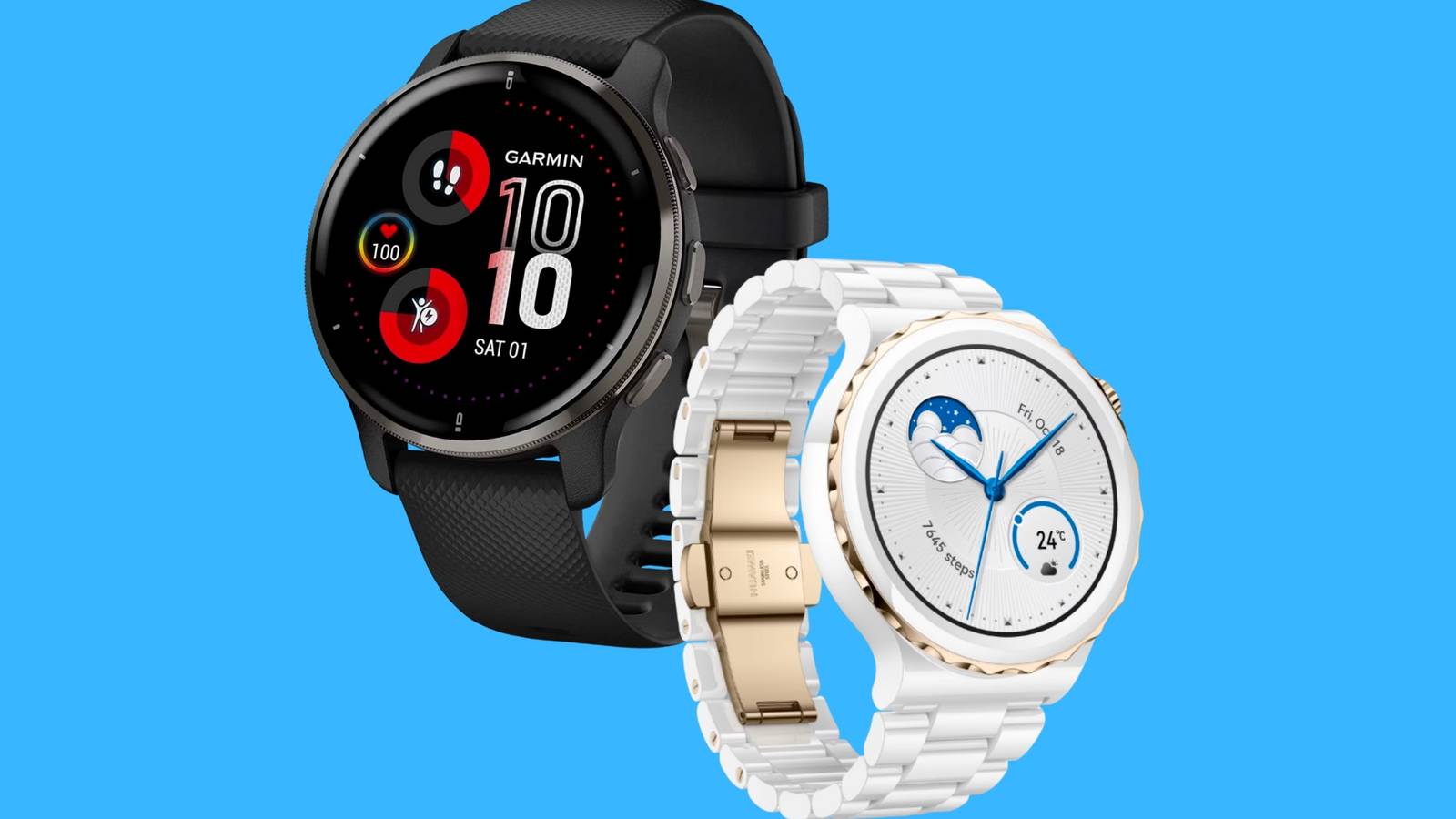Kontakt:
AUDIUM / Visonik
CEO Frank Urban
Catostr. 7b
12109 Berlin
GERMANY
Tel.: +49 (030) 613 47 40
Fax: +49 (030) 703 79 39
(daily from 10am)
E-Mail:
kontakt-at-audium-dot-com
USt-ID: DE 136 233 985
Website:
Klaus Siegesleitner
E-Mail: webmaster-at-audium-dot-com
|
Smartphones, Smartwatches & Tablets: What We Use Them for the Most in 2025

How technology has become the backbone of our everyday life
Our days now unfold almost entirely in the digital world. We check messages, stream videos, shop online, manage work, and even spend a few minutes playing online casino games during our breaks.
The smartphone has become an extension of ourselves — always in our pocket, always connected.
Recent data show that 59% of web traffic now comes from mobile devices, compared to just 41% from desktop. On average, people spend 3 hours and 46 minutes a day browsing the internet via smartphone, versus 2 hours and 52 minutes on a computer.
Smartphones, smartwatches, and tablets have become essential tools for modern living, shaping how we connect, play, and stay informed. From managing finances to enjoying quick gaming sessions, these devices now define our routines. However, as our digital habits expand, maintaining balance becomes crucial. Using technology consciously can turn screen time into a source of relaxation instead of stress. For ideas on creating harmony between play and wellbeing, visit balanced digital gaming. Combining smart tech with mindful habits transforms devices into allies—helping us enjoy entertainment while keeping life centered and healthy.
? Smartphone: The First Screen for Everything
The smartphone is our digital command center. It handles nearly every aspect of our personal and professional life — and does it brilliantly. We use it to:
-
Make calls and send messages
-
Browse social media and watch videos
-
Navigate traffic and check public services
-
Shop online, pay bills, and even access government websites
Only about 6% of our phone time is spent in browsers; the rest goes to apps — messaging, music, video, gaming, and productivity.
Online payments have become one of the biggest revolutions. In 2024, digital payments surpassed cash transactions in Italy (43% vs. 41%), with mobile and wearable payments reaching €56.7 billion.
Even entertainment has gone mobile — from casual puzzle games to MOBA titles, card games, and online blackjack sessions on platforms like Betfair, all just a tap away between meetings.
⌚ Smartwatch: Health, Notifications and Payments on the Wrist
If the smartphone is the brain of our digital life, the smartwatch is the remote control. These small devices have transformed how we monitor, communicate, and pay. Here’s what we use them for most:
-
Health and wellness tracking: steps, heart rate, sleep, workouts, and even real-time health alerts.
-
Productivity and notifications: responding to messages, starting timers, and checking reminders without touching your phone.
-
Contactless payments: “Tap-to-pay” is now possible directly from your wrist — perfect for commuting or workouts.
Although global smartwatch sales dipped slightly (–2% compared to last year), Apple still leads the market. The sector is mature and reliable, with users valuing convenience over novelty.
More than just a gadget, the smartwatch helps users walk more, sleep better, and stay informed — simplifying daily routines and providing instant feedback with every glance at the wrist.
? Tablet: Comfortable Screens for Everyday Use
The tablet remains the ultimate device for comfort. It fills the gap between a phone and a laptop — ideal for streaming movies, reading, drawing, studying, or working remotely.
Although tablets account for only about 2% of global web traffic, they hold a steady place in homes and schools.
When it comes to gaming, 14% of adults use tablets to play, compared to 34% on smartphones and 11% on desktops. Tablets are the go-to devices for shared family entertainment, cooking videos in the kitchen, or helping kids with homework.
Their portability and larger screen make them perfect for relaxing on the sofa or attending virtual meetings without switching on a computer.
⚡ The Connected Lifestyle
Smartphones, smartwatches, and tablets form a seamless digital ecosystem. Together, they shape how we communicate, work, relax, and even stay healthy.
From tracking your heart rate to managing your finances or joining an online meeting, technology has evolved to fit every moment of modern life — always one touch away.
Our phones, smartwatches, and tablets shape everyday life—handling payments, fitness, and entertainment. As these devices integrate deeper into gaming, they also create new security challenges. Artificial intelligence (AI) is now leading the way in identifying threats before they strike, helping protect users from fraud and breaches. For more on how AI safeguards online gaming, visit AI casino security. The balance between convenience and safety ensures that technology continues to empower, not endanger, our connected world.
The challenge now isn’t access to technology — it’s how consciously we use it.
|
|